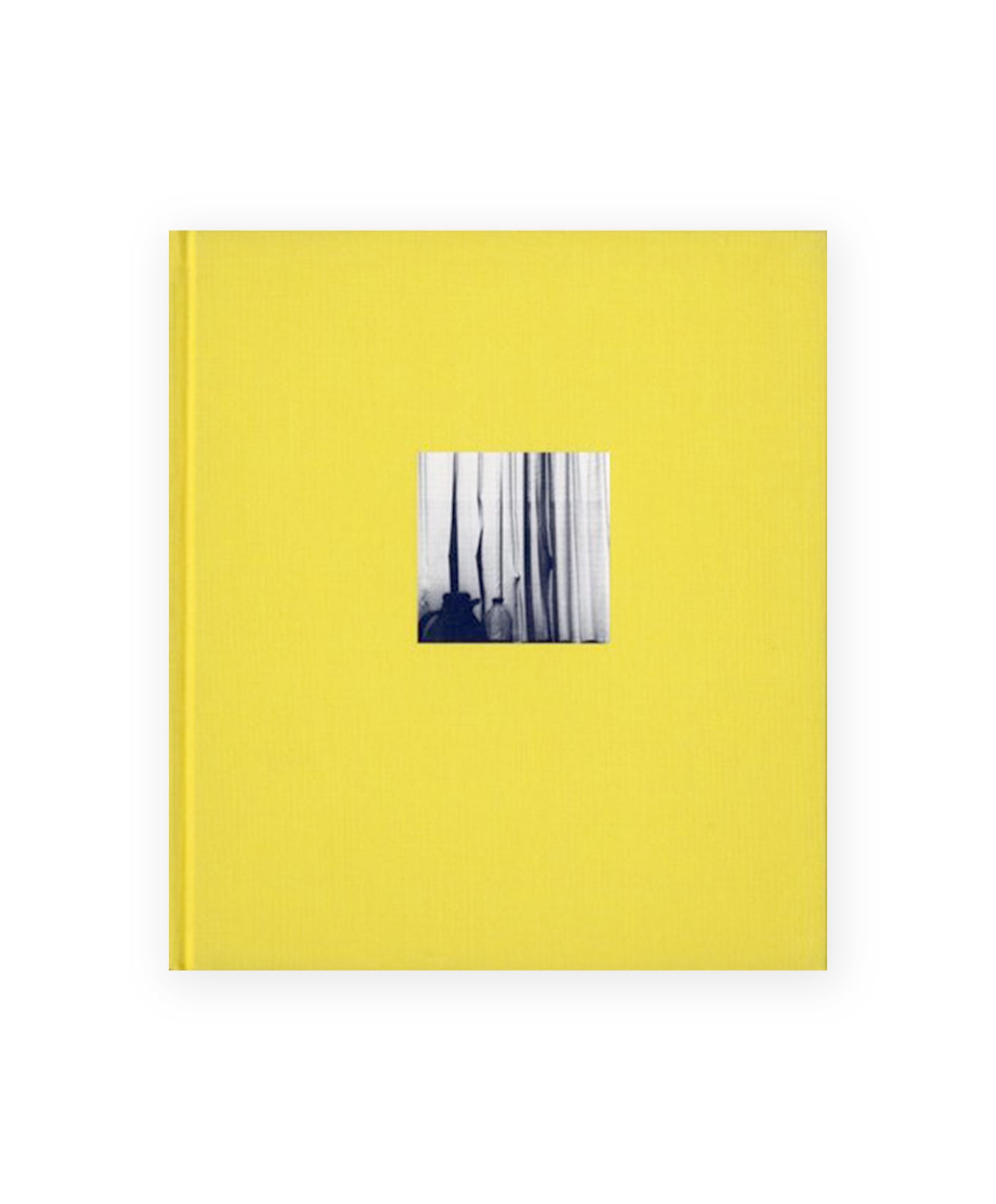SHOJI UEDA - HYSTERIC SIXTEEN - SMALL BIOGRAPHY
Pickup available at 1 rue des Minimes
– Default Title
-
1 rue des Minimes
09709759181 Rue des Minimes
75003 Paris
France
Ueda Shoji
Hysteric Sixteen – Small Biography
Published by Hysteric Glamour, 2006
Pages 325 pages / 157 black-and-white plates beautifully printed on coated paper in Japan by Daishinsha
Book size 26.1 cm x 23.1
Hardcover
Language English and Japanese
Rare book
Good condition
Comprising of work produced throughout the span of Ueda's professional life, from the 1930s through the 1990s, this book features photographs that were originally published in the now-defunct Camera Mainichi magazine between 1974 and 1985.
From the Shoji Ueda Museum of Photography: "Shoji Ueda (1913-2000) is regarded as one of the most outstanding Japanese photographers of his time. Although he only left his native Tottori Prefecture on a few occasions, Ueda discovered the photographic innovations of the Western avant-garde through specialist publications that he received from time to time, and he felt drawn toward technical and aesthetic experimentation Following a barren period during the Second World War, Ueda returned to his work and produced. some of his most representative [imagery], in which the dunes of Tottori became a stage on which he arranged human figures in his own particular way. The charm and ingenuity of these curious images has no parallel in the history of His conception of photography. this art form was closely linked to his sense of humor, to a highly special aesthetic approach, and to his enormous curiosity about the small things of everyday life.
----------
Comprised of works produced throughout Ueda's professional life, from the 1930s to the 1990s, this book features photographs that were originally published in the now-defunct Camera Mainichi magazine between 1974 and 1985.
From the Shoji Ueda Museum of Photography: "Shoji Ueda (1913-2000) is considered one of the most outstanding Japanese photographers of his time. Although he left his native Tottori Prefecture only a few times, Ueda was introduced to the photographic innovations of the Western avant-garde through specialist publications he received from time to time, and he felt drawn to technical and aesthetic experimentation. After a barren period during World War II, Ueda returned to his work and produced some of his most representative images, in which the Tottori dunes became a stage on which he arranged human figures in his own way. The charm and ingenuity of these curious images have no parallel in the history of photography. His conception of this art form was closely linked to his sense of humor, a very particular aesthetic approach, and his great curiosity about the little things of everyday life.
